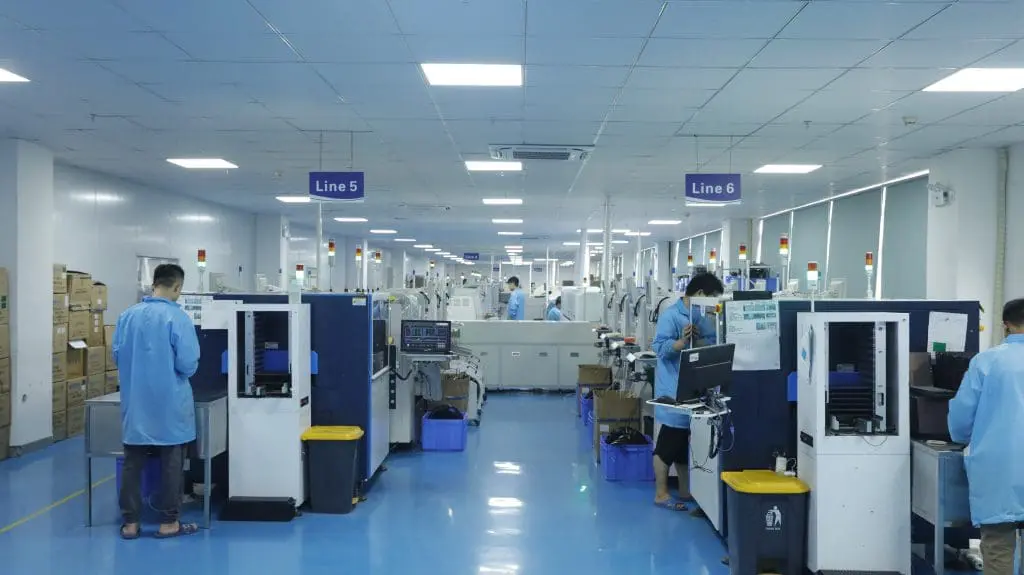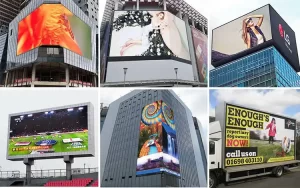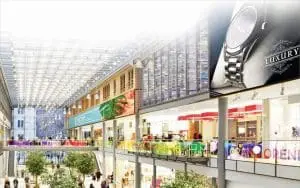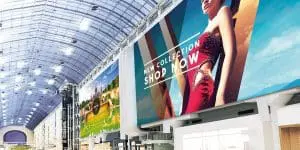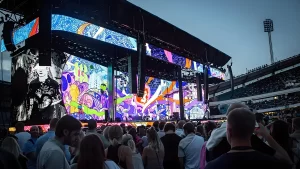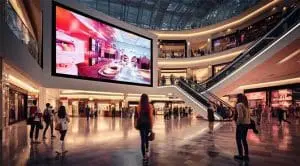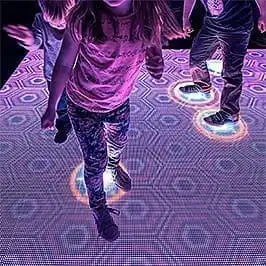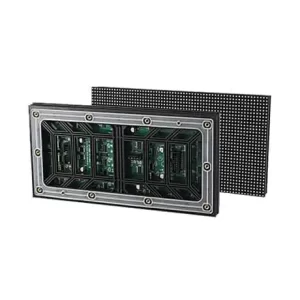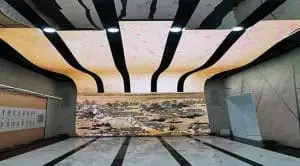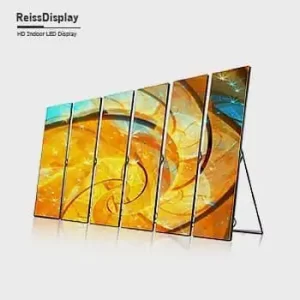LED Screen Factory: Complete Guide to Manufacturing, Benefits, and Supplier Selection
An LED screen factory is the backbone of the LED display industry, where cutting-edge technology meets large-scale production to create high-quality LED panels for various applications. From advertising billboards and retail displays to stadium screens and indoor video walls, LED factories play a pivotal role in delivering advanced visual solutions. With the global LED display market projected to reach $20 billion by 2027 (source: MarketsandMarkets), partnering with a reliable LED screen factory ensures access to innovative, durable products.
In this guide, we’ll explore how LED screens are manufactured, factors to consider when choosing an LED display factory, benefits of reliable suppliers, and real-world applications. Whether you’re a business owner or procurement specialist, this will help you make informed decisions.
How LED Screens Are Manufactured
The LED manufacturing process involves precise steps to ensure vibrant, durable, and energy-efficient displays. Here’s a detailed overview:
- LED Chip Production
The foundation of any LED screen factory process: creating LED chips from materials like gallium nitride (GaN). These chips emit light via electrical current and determine color accuracy. - Module Assembly
LED chips are mounted on circuit boards using technologies like SMD (Surface Mounted Device) or COB LED manufacturing (Chip-On-Board) for enhanced durability and heat dissipation. Boards are resin-coated for protection. - Pixel Pitch Configuration
Spacing between LEDs (pixel pitch LED screens) is set for resolution—e.g., P0.6 for ultra-fine indoor displays or P10 for outdoor billboards. - LED Panel Assembly
Modules form panels, the building blocks of larger screens. Factories test for uniformity in color and brightness. - Screen Calibration
Advanced tools ensure consistent brightness, color, and alignment, eliminating inconsistencies in large displays. - Quality Testing
Rigorous checks for brightness, contrast, environmental resistance (dust, water, heat), viewing angles, and refresh rates. - Packaging and Shipping
Screens are securely packaged for global delivery, with factories often providing logistics support.
Case Study: Leading LED factories like those in Shenzhen, China, produce over 1 million square meters annually, using automated lines to reduce defects by 40%.
What to Look for in a Reliable LED Screen Factory
Selecting the right LED display factory ensures quality and reliability. Key factors include:
- Manufacturing Expertise: Choose factories with 10+ years in LED manufacturing, specializing in indoor/outdoor or fine-pitch screens.
- Certifications and Standards: Verify ISO 9001 for quality, CE, FCC, RoHS for safety and eco-compliance.
- Customization Capabilities: Options for pixel pitch LED screens, sizes, brightness, waterproofing, or curved designs.
- Advanced Technology: Look for COB LED manufacturing, 4K/8K resolution, HDR, AI calibration, or 5G integration.
- Production Capacity: Ensure scalability for bulk orders; automated lines handle high volumes efficiently.
- Quality Control Processes: Multi-stage testing, warranties (2-5 years), and low defect rates (<1%).
- After-Sales Support: Global technical assistance, installation guides, and spare parts.
- Competitive Pricing: Balance cost with quality; direct factory partnerships cut middleman fees by 20-30%.
Benefits of Partnering with a Trusted LED Screen Factory
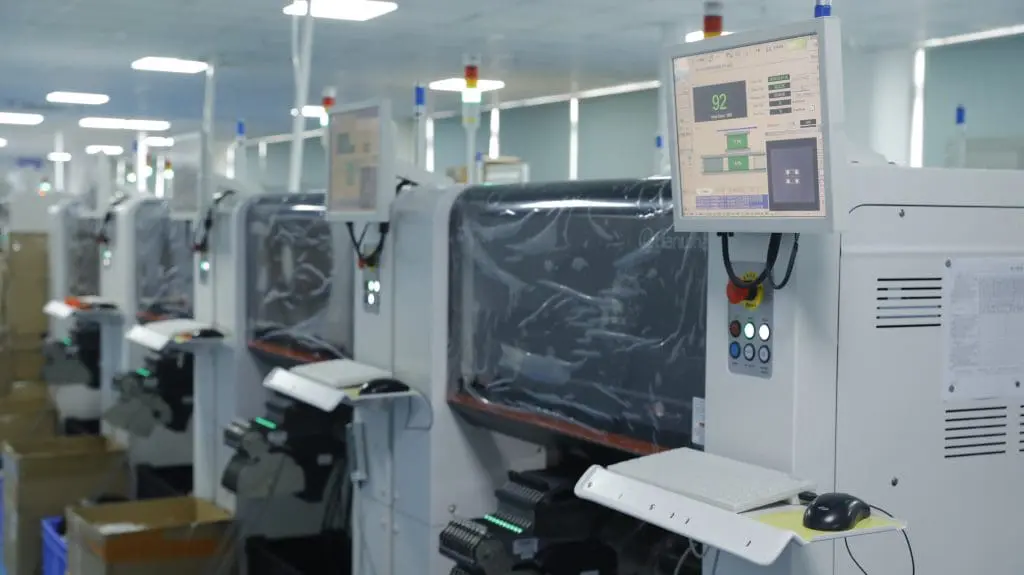
Working with a reputable LED factory offers long-term advantages:
- High-Quality Products: Advanced tech ensures durable, high-resolution displays with lifespans of 100,000+ hours.
- Cost-Effectiveness: Direct sourcing reduces costs by 15-25% for bulk orders.
- Customization Options: Tailored solutions like interactive or fine-pixel pitch LED screens for specific needs.
- Faster Turnaround Times: Efficient production delivers in 2-4 weeks for custom orders.
- Long-Term Support: Ongoing maintenance and upgrades extend product life.
- Innovation Edge: Access to emerging tech like flexible LEDs or energy-efficient designs.
- Sustainability: Eco-friendly processes (e.g., RoHS-compliant) reduce environmental impact.
Industry Insight: Businesses partnering with certified LED screen factories report 30% higher ROI due to reliable performance.
Applications of LED Screens from Factories
LED screens from factories serve diverse industries:
- Advertising and Marketing
- Billboards: Large outdoor displays for dynamic ads.
- Indoor Displays: Retail promotions with high-brightness panels.
- Entertainment and Events
- Concerts: Immersive video walls for visuals.
- Exhibitions: Booth attractions with interactive screens.
- Corporate Use
- Meeting Rooms: Fine-pitch for presentations.
- Control Rooms: Real-time monitoring displays.
- Sports and Stadiums
- Jumbotrons: Live action and replays.
- Scoreboards: Durable, visible from afar.
- Public Spaces
- Transportation Hubs: Schedules and announcements.
- Smart Cities: Integrated digital signage.
Example: The Beijing Olympics used screens from top LED display factories for stadium displays, reaching billions of viewers.









